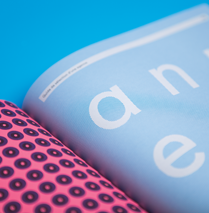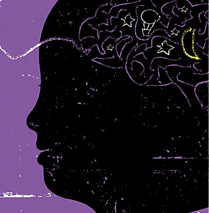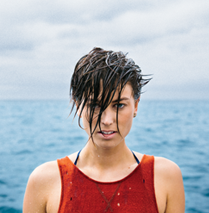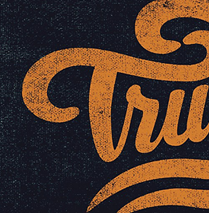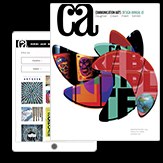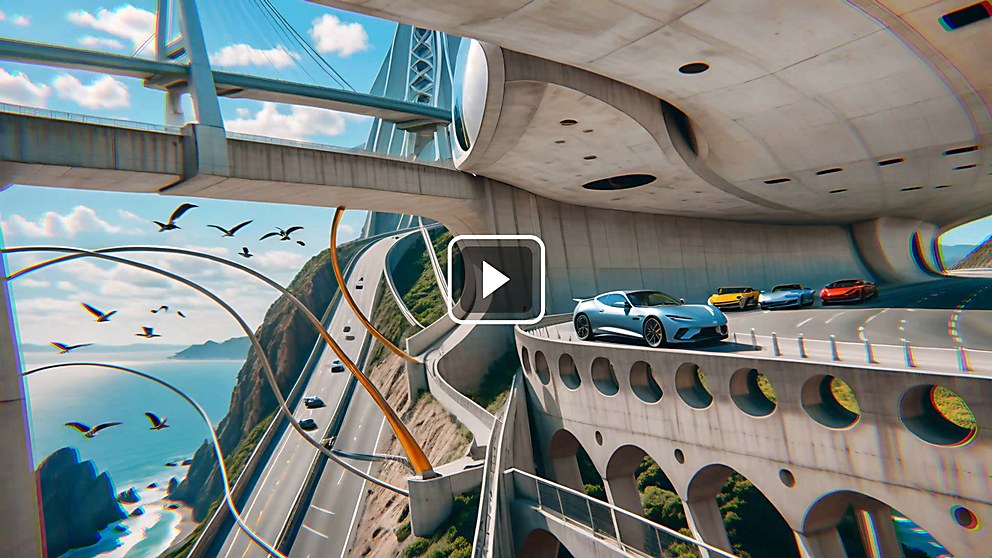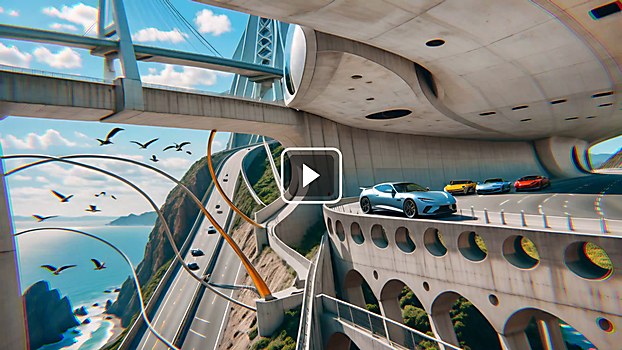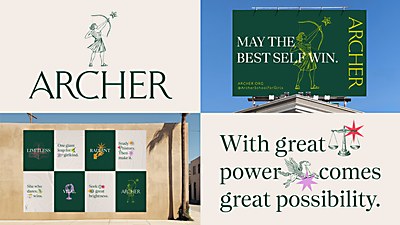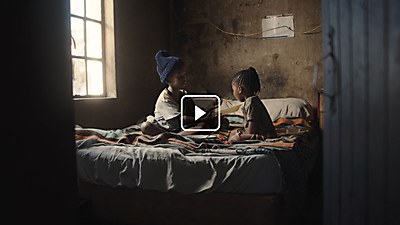Responses by David Campese, writer; Julien Deschamps, creative director; and Julien Lefevre, art director, BETC.
Background: “The objective of the campaign is to promote European Disability Employment Week,” says Julien Deschamps. “The theme and question this year is how technology and digital have boosted the rights of people with disabilities. The campaign’s main target are companies, but the film is mostly being broadcasted to the global public. With disability rights organization LADAPT every year, we try to create a conversation within society to challenge business owners.”
Design thinking: “With all what tech and digital lets us do, looking at incredible human challenges that are now possible or that we can consider, limits to the hiring of people with a disability looks quite minimal,” says Deschamps. “To showcase this demonstration of infinite tech possibilities rather than simply telling it, we decided to bring in director Jamie Harley and use AI for the main part of this campaign.”
Challenges: “AI scrawls through millions of available references to generate images,” Deschamps explains. “Through these almost infinite resources, the prompt defines a frame for searching references and generating images. But, even with a very precise prompt, the random element is still important. The margin of error in the generation of images is great, and aberrations are unavoidable. Furthermore, from one search to another, from one image generated to another one, the result will be even just slightly different. So, aiming to create a film by animation a collection of thousands of images that is consistent, aesthetically pleasing and makes sense is quite the feat.
“But, to bring home our idea of demonstrating possible futures enabled by tech and digital, we added an additional challenge: create the AI part of the project as one sequence without changing scenes between generations,” Deschamps continues. “This creative choice forced us to pick the 56 seconds as a whole. And this actually explains the imperfections that add some specificity to the film.”
Favorite details: “We are particularly proud to have been able to talk about handicaps in a different, modern way,” say Campese and Lefevre. “We went all the way through our idea by using AI for the images but also for the music. In a short amount of time and a limited budget, we would not have been able to work without the complete trust of our client. We also had to collaborate closely with director Jamie Harley and Jeremie, the main actor of the film. Achieving such an a great final product for such a challenge is a great source of pride for us.”
New lessons: “The project helped us realize how technological advances have transformed some forms of disability,” say Campese and Lefevre, “such as with blindness or people who are hard of hearing, people with dyslexia, or people with autism who need autonomy. We hope this film will change perception of people with disabilities within companies.”
Visual influences: “Music videos have always been a laboratory of art experimentation, and it continues with AI,” say Campese and Lefevre. “Among our influences with AI, we would like to bring up musical artist Flavien Berger’s music video ‘Berzingue,’ musical artist Joshman’s video ‘AhGars!,’ musical artist Koudlam’s ‘Water Fall View’ and Favvvey.com, a small company created by geniuses with code. Also, all the incredible AI tests that have been posted by artists on Instagram.”



